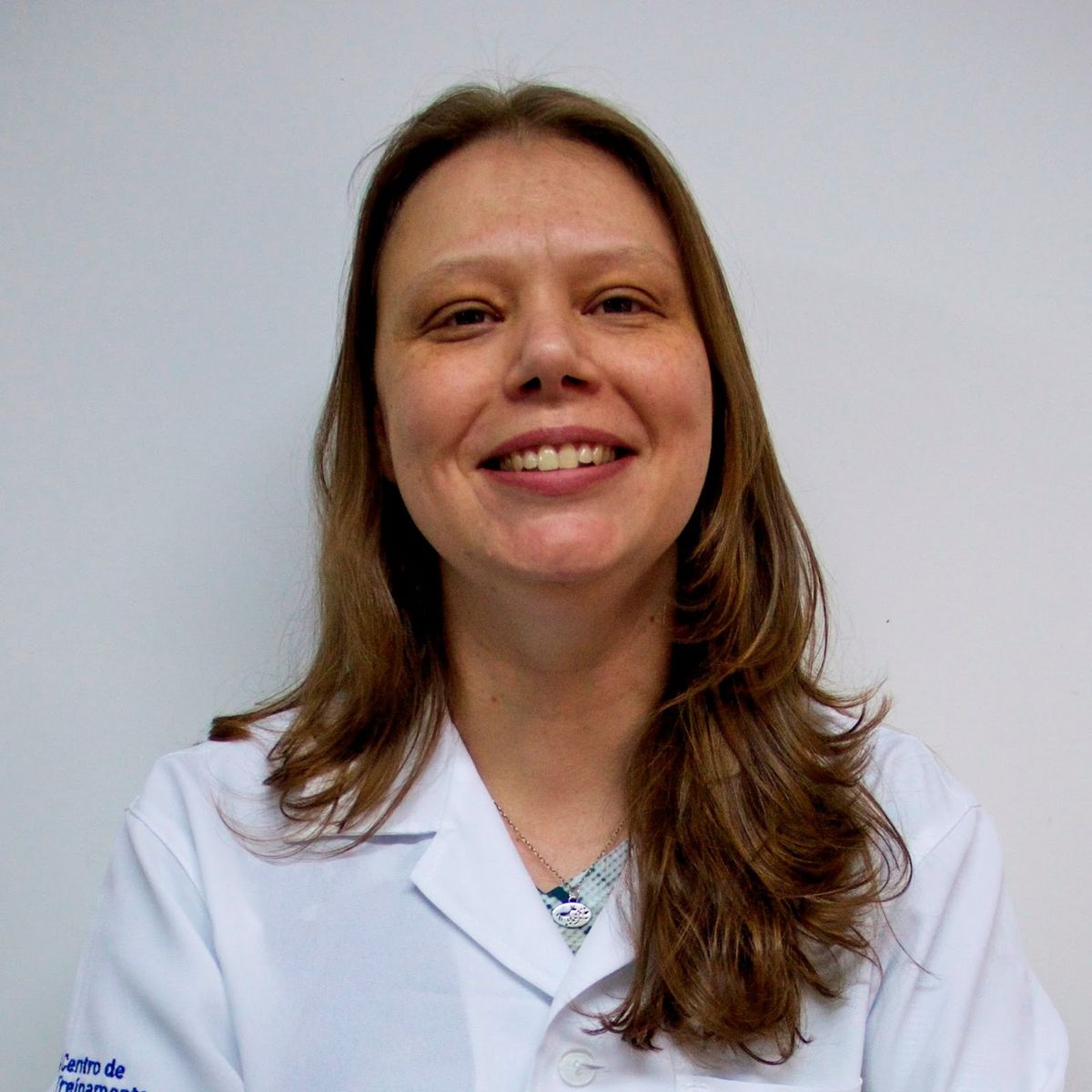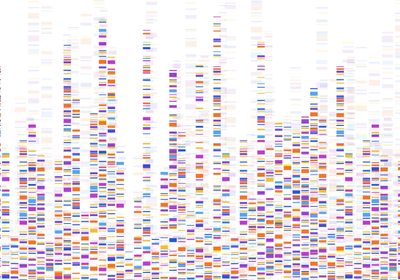Mind the Genome Gap
Population geneticist Tábita Hünemeier seeks out isolated indigenous groups living in the Brazilian Amazon rainforest to expand understanding of the human genome.

Tábita Hünemeier, a population geneticist at the University of São Paulo, travels by river for several days to reach the indigenous groups she studies. By focusing on these often overlooked populations, she hopes to expand scientists’ understanding of human genome diversity, disease susceptibility, and evolutionary history.
Why are you interested in the genetics of Native Americans?
We have very little genomic information about Native Americans. By studying these groups, we can better understand the admixture process that happened in several countries in America, where Native Americans are one of the ancestral populations, and how this process affected the health and evolution of the people living there. In addition, we can discover evidence of natural selection or adaptation in those groups, which was once thought to be nonexistent because America was occupied only 15,000 years ago. In 2018, for instance, we identified three new loci under positive selection in Andean Native populations, indicating adaptation to the high altitude of the Andes.1
What are the broader implications of studying the genomes of these groups?
There might be clinical implications. For example, in a recent study, we looked at indigenous groups in the Amazon and found that there is a genetic basis for Chagas disease.2 We can also study other processes, such as migration. We might find out that an isolated population has a higher frequency of some genes that are related to diseases. In this sense, the genetic structure of a population can be used to study its health status.
What are some of the challenges involved in doing this research?
We mostly work with Brazilian indigenous groups that live isolated in the Amazon rainforest. To reach them, it takes us almost a week by boat, so that is challenging. Also working with genomic data is expensive, and financial resources are not always available in Brazil. Despite the difficulties, this research helps indigenous groups gain more visibility because people interested in genetics will read about our studies and learn more about them.
This interview has been edited for length and clarity.
References
- Jacovas VC, et al. Sci Rep. 2018; 8(1):12733.
- Couto-Silva CM, et al. Sci Adv. 2023;9(10):eabo0234.


